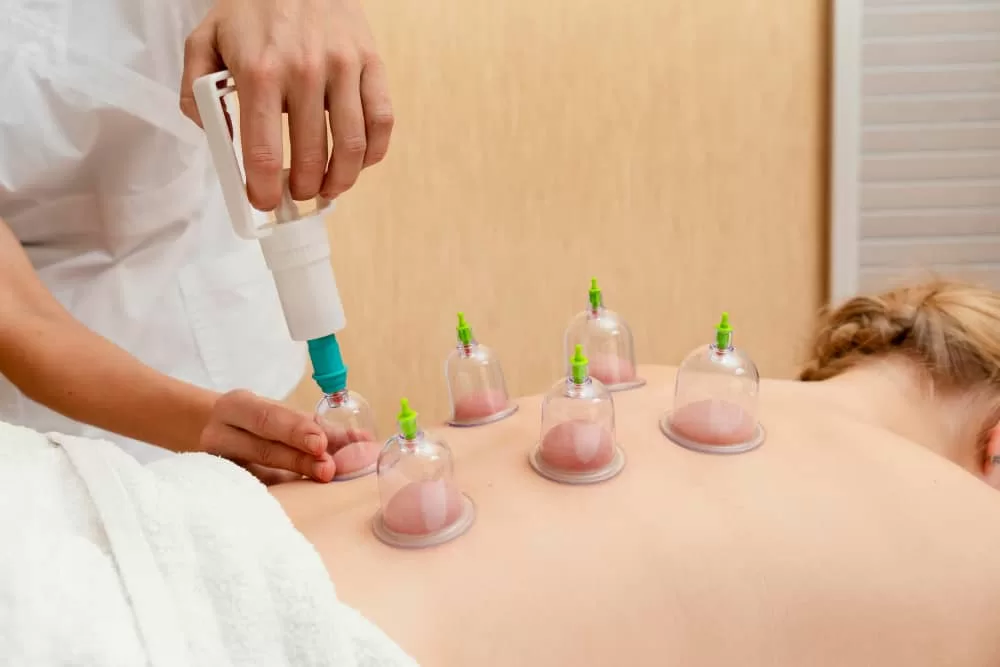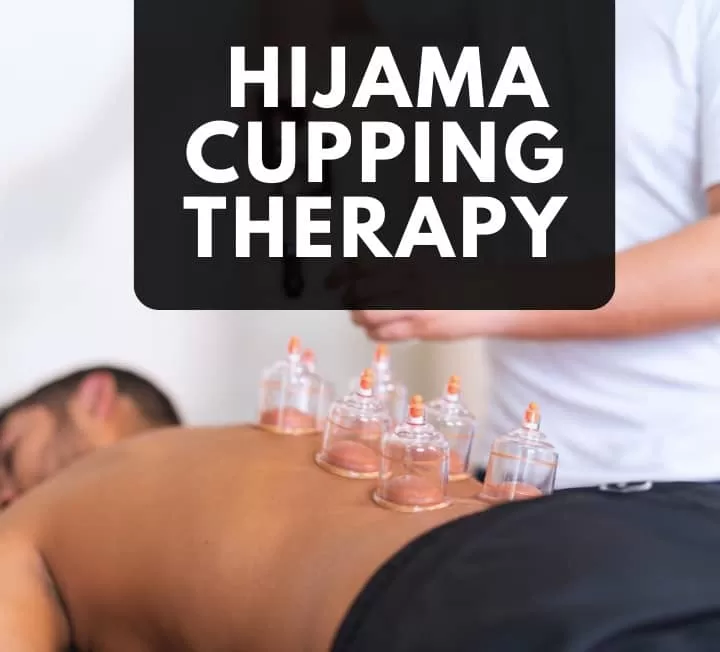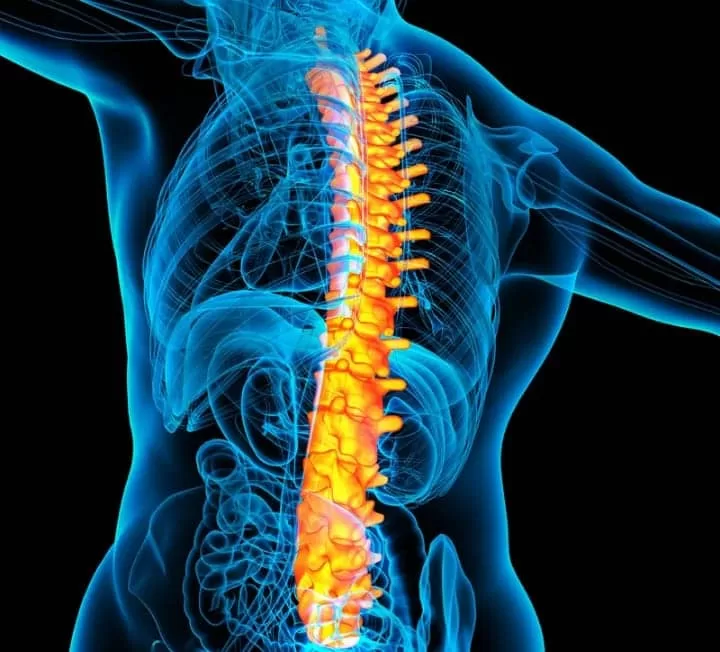Cupping therapy, deeply rooted in ancient healing traditions and known as Hijama within Islamic medicine, represents a time-honored therapeutic modality. This practice, historically embraced by early civilizations and advocated in prophetic medicine, is now increasingly recognized within contemporary complementary and integrative healthcare approaches.
Dynasty Clinic offers professional Hijama services delivered by our team of rigorously trained and certified therapists. Our commitment is to provide a secure, hygienic, and highly personalized experience for each individual seeking the benefits of this ancient art. We adhere to stringent safety protocols and tailor each session to meet your specific wellness needs, ensuring you receive the highest standard of care.
What Is Cupping Therapy?
Cupping therapy is a treatment where cups are placed on the skin to create suction. This suction draws blood to the surface, encourages circulation, and promotes the body’s natural healing process. Cupping is used to treat a variety of physical and emotional conditions, and is often considered part of a holistic approach to health.
Cupping is deeply rooted in traditional Chinese medicine, ancient Egyptian practices, and Islamic medicine. In Islamic tradition, it is referred to as Hijama, and it is not only used for healing but is also performed as an act of Sunnah, based on the teachings of Prophet Muhammad (PBUH).
Depending on the technique used, cupping can be applied to the back, shoulders, legs, arms, or even the head.

What Does Cupping Therapy Do?
The primary goal of cupping is to stimulate healing by increasing circulation and drawing out stagnation in the body. According to traditional belief systems, it removes “bad blood” and restores balance. In modern medical terms, it may help to:
- Reduce muscle pain and inflammation
- Improve lymphatic and blood circulation
- Release physical and emotional tension
- Promote relaxation and better sleep
- Encourage detoxification through the skin
- Support immunity and reduce chronic fatigue
Many patients seek Hijama for relief from long-term conditions like arthritis, migraines, fibromyalgia, sciatica, and skin disorders.
How Does Cupping Work?
When suction is applied through the cup, it creates a vacuum effect that lifts the skin and underlying tissues. This suction stretches small capillaries and breaks some of them, resulting in increased blood flow to the area. The body responds by initiating tissue repair, reducing inflammation, and flushing out cellular waste and toxins.
There is also a neurochemical reaction that may release endorphins and reduce the perception of pain. Cupping may also stimulate acupuncture points and energy meridians in the body.
Though the exact mechanisms are still being studied, the combination of mechanical stimulation and increased blood flow is believed to help accelerate healing in muscles and soft tissues.
Types of Cupping Therapy
There are several forms of cupping therapy, each with a specific technique and purpose. At Dynasty Clinic, we tailor the method based on the patient’s condition, goals, and comfort level.
Dry Cupping
Dry Cupping uses suction only—no incisions or bloodletting. Cups are placed on the skin and left for 5 to 15 minutes. This is ideal for muscle relaxation, joint pain, and stress relief.
Wet Cupping (Hijama)
After creating suction with the cup, the practitioner makes small, controlled incisions to draw out a small amount of blood. This is thought to remove toxins, reduce inflammation, and release built-up pressure or “blocked energy.”
Moving Cupping
Oil is applied to the skin, and the cups are gently moved across the muscles. This combines deep-tissue massage with suction and is effective for muscle stiffness, back pain, and circulation issues.
Fire Cupping
This traditional method uses a flame to create suction inside a glass cup before it’s placed on the skin. It is not commonly used in modern clinical settings but still practiced in traditional circles.
What Materials Are Used in Cupping?
Different types of cups may be used depending on the technique:
- Glass – Common in fire cupping and professional clinics.
- Plastic – Used with hand-pump suction devices; ideal for hygienic, controlled treatments.
- Silicone – Flexible, often used for moving cupping and self-care.
- Bamboo or Ceramic – Used in traditional settings but less hygienic for clinical use.
All cups at Dynasty Clinic are sterilized and medical-grade, ensuring patient safety.
What Conditions Can Cupping Help With?
Cupping is used to treat a variety of physical and physiological conditions, including but not limited to:
- Back and neck pain
- Knee pain and joint stiffness
- Frozen shoulder
- Carpal tunnel syndrome
- Migraine and tension headaches
- Asthma and bronchitis
- Anxiety and depression
- Fatigue and poor sleep
- Hormonal imbalances
- Digestive issues such as bloating, IBS
- High cholesterol and high blood pressure
- Infertility and menstrual irregularities
Some patients use cupping as a preventive therapy to maintain general health and balance in the body.
What Should I Expect During a Session?
Your session at Dynasty Clinic begins with a consultation where we assess your medical history and current health concerns. Based on this, we select the most appropriate form of cupping.
During the treatment:
- You will lie comfortably in a private treatment room.
- The therapist will place sterilized cups on specific areas of your body.
- Cups will be left in place for several minutes.
- In the case of Hijama (wet cupping), small incisions are made and suction is reapplied briefly to draw out blood.
Most sessions last between 30 to 60 minutes. You may feel mild pressure or pulling, but it is not painful.
What Happens After Cupping Therapy?
It’s common to have circular marks or mild bruising where the cups were placed. These marks are not harmful and usually fade within 5–10 days.
After treatment:
- Avoid strenuous exercise for 24–48 hours
- Stay hydrated and rest
- Keep the area clean and avoid showering for at least 6 hours
- You may feel relaxed, sleepy, or temporarily tired—this is normal and part of the healing process
At Dynasty Clinic, we provide detailed aftercare guidance to ensure optimal recovery and results.
Are There Any Risks?
Cupping therapy is generally safe when performed by trained professionals. However, there are some mild side effects:
- Temporary bruising or soreness
- Fatigue or dizziness
- Skin irritation or redness
- Minor bleeding (wet cupping)
In rare cases, if not performed hygienically, there is a risk of:
- Skin infections
- Burns (fire cupping)
- Fainting (vasovagal response)
Always make sure your cupping therapist is certified and follows proper hygiene standards.
Who Should Avoid Cupping?
Cupping is not suitable for everyone. It is not recommended if you have:
- Pregnancy (especially in early or late stages)
- Severe anemia or hemophilia
- Pacemakers or implanted medical devices
- Deep vein thrombosis (DVT) or blood clotting disorders
- Skin conditions like eczema, psoriasis, or open wounds
- History of seizures (epilepsy)
- Uncontrolled diabetes or immune deficiency
If you’re unsure, consult with your doctor or our clinic team for personalized advice.
How Effective Is Cupping?
Scientific evidence on cupping is still developing, but anecdotal reports and observational studies suggest that it can be beneficial for:
- Pain relief
- Muscle relaxation
- Improved range of motion
- Reduced inflammation
- Increased blood and lymphatic circulation
- Enhancing mental clarity and relaxation
At Dynasty Clinic, we view cupping as a complementary therapy, best used alongside conventional medicine and lifestyle changes.
When Should You Call Your Doctor?
Contact a healthcare provider or your cupping therapist if you notice:
- Persistent pain or discomfort after treatment
- Signs of infection (swelling, redness, pus)
- Severe fatigue or dizziness
- Skin that does not heal properly
We encourage all clients to keep us informed of any unusual reactions after treatment.
Frequently Asked Questions (FAQs)
Is cupping therapy painful?
It may feel like pressure or a deep massage, but it is not painful for most people.
Can women get Hijama?
Yes. Cupping is safe and beneficial for women. It can help with menstrual issues, hormonal balance, and fatigue.
Are cupping marks permanent?
No. The marks usually fade within 5–10 days and leave no scars.
Can I eat before my session?
It’s best to come on an empty stomach or eat lightly 2–3 hours beforehand.
How often should I do cupping?
Once every 4–6 weeks for maintenance; more frequently for therapeutic purposes.
Is Hijama allowed in Islam?
Yes, Hijama is a Sunnah and has been practiced and recommended by Prophet Muhammad (PBUH).
Why Choose Dynasty Clinic for Cupping Therapy?
- Certified male and female therapists
- Safe, clean, and private treatment environment
- Authentic Hijama practices based on Islamic principles
- Personalized care and ongoing support
- Affordable packages and follow-up plans





